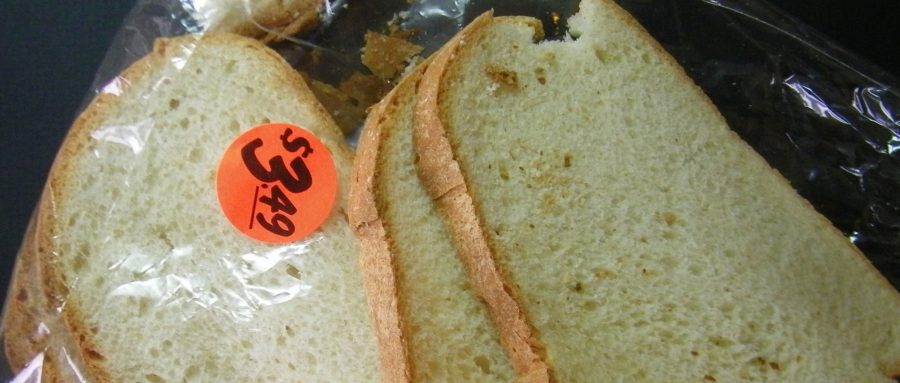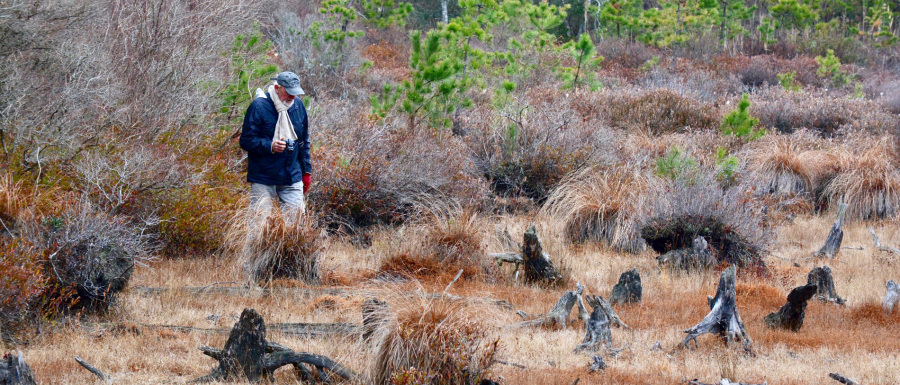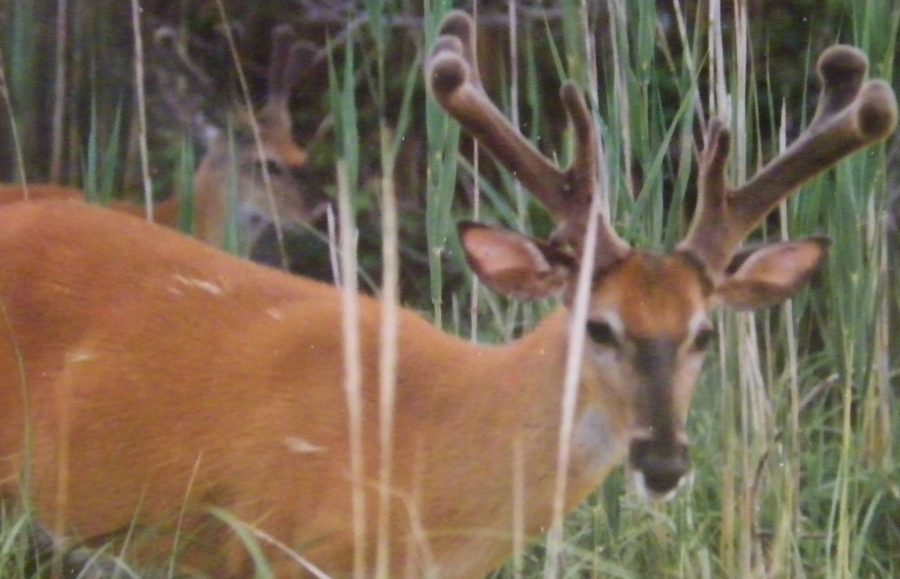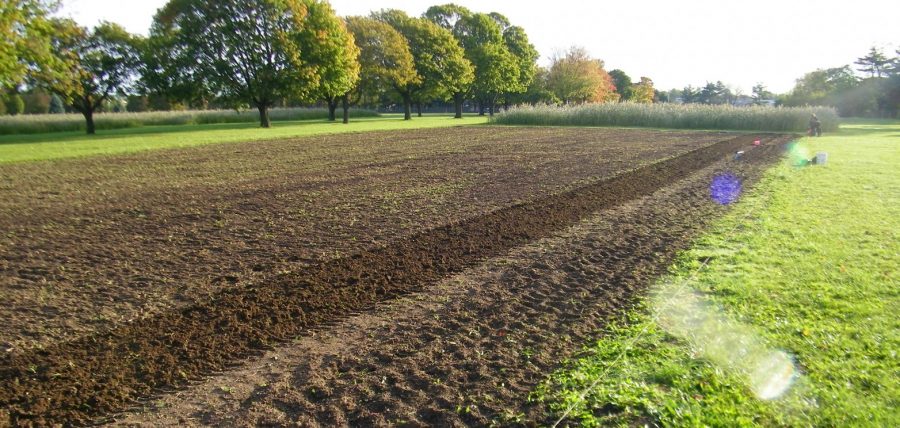I saw what looked like a bargain on the day-old stand at the supermarket. The loaf of bread was $2.69. I’m thinking sandwiches. I toasted two slices and when I took them out of the toaster, most of the crust fell off along with plenty of crumbs on the kitchen counter. I tried buttering. The feeble slices tore apart. I didn’t give up.
I bit into a slice and it tasted like cardboard. Indeed, I knew now what I didn’t suspect at the super market. Old bread, even 24 hours old is duck food. I rescued the day by making French toast. The whipped eggs kept the slices together. I added powered cinnamon for taste.
Still I refused to admit defeat. I used two slices to make a sandwich. They both fell apart. I ate the cheese and meat alone. I had five slices left and thought about the gull squadron in the parking lot down by the bay. I parked in the center and waved the cellophane bag. Fifty herring and ringed-billed gulls arrived in less than 30 seconds. If I could only multiply these crumby slices so every gull had a shot just like Jesus with the fishes. I held out a slice and of course it fell apart. The scramble lasted 2 seconds. Three or four gulls acted as the cleanup committee after the lucky gull gulped almost the entire slice. If you are a gull, rule number one: keep your eye on the prize and be lightning fast when the time comes.





